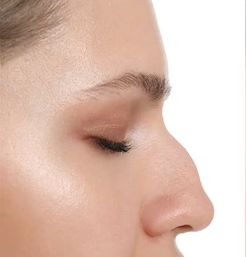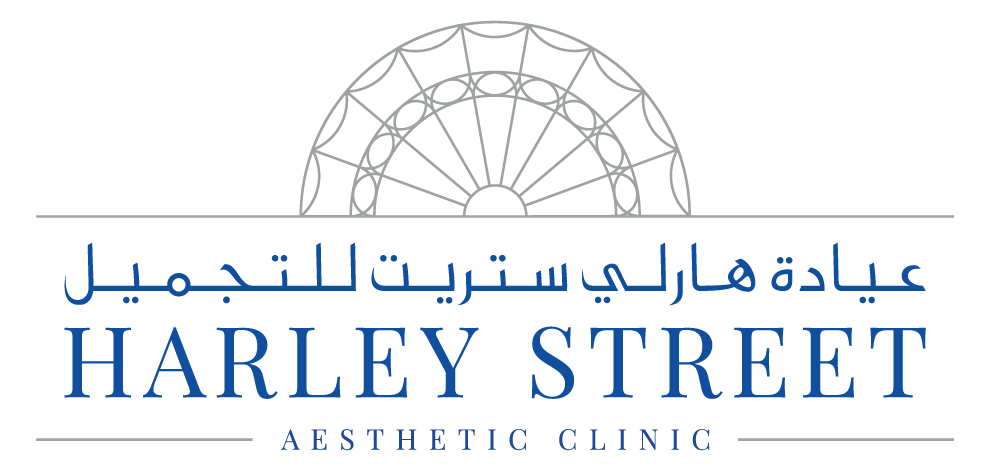NOSE SURGERY (RHINOPLASTY)
Rhinoplasty is a surgical procedure performed to repair or reshape the nose. It can improve the size, shape and the angle of the nose and create a proportion with the rest of your face. It is also performed to correct structural problems with the nose.
FAQs
- What is closed rhinoplasty?
- What is open rhinoplasty?
- Does closed rhinoplasty heal faster?
- How long is recovery from rhinoplasty?
Closed rhinoplasty, also known as endonasal rhinoplasty, is an approach of rhinoplasty where all the surgical incisions are made inside the nose without any external incisions. Closed rhinoplasty is employed for the correction of aesthetic deformity of the nose as well as for the management of anatomic nasal airway obstruction.
Open rhinoplasty, also called external rhinoplasty, is an approached of rhinoplasty in which a small incision is made on the nose, over the columella between the nostrils, in addition to several other incisions inside the nose. The transcolumellar incision improves the surgical access to the nasal framework by allowing the surgeon to fold the nasal skin upward. This provides better visibility on the entire nasal framework, in its natural undisturbed alignment. Open rhinoplasty can be performed in patient with thick or thin nasal skin. It is indicated in the following conditions:
- Major augmentation with tip, columellar, spreader and/or shield grafts
- Correction of complex nasal deformities such as cleft lip, palate nasal deformity and deviated septum or nasal trauma
- Revision rhinoplasty
- Excision of nasal tumor
- Treatment of internal nasal valve dysfunction
- Nasal tip modification
- Surgical repair of septal perforations
- Rhinoplasty in non-Caucasian ethnic groups
There will be less nose swelling after a closed rhinoplasty because the natural drainage channels of the skin were untouched during the procedure. Therefore, the nose will heal faster compared to patients who undergo an open rhinoplasty.
In most patients, it takes roughly 6 weeks for the bones in your nose to heal following surgery. During this time, you should avoid strenuous exercise. Even movements that seem harmless like stretching, lifting, or bending over can increase nasal swelling.
BEFORE & AFTER







